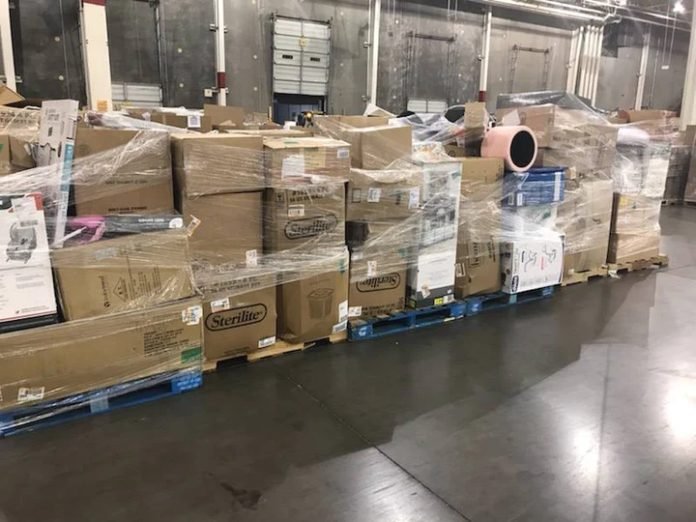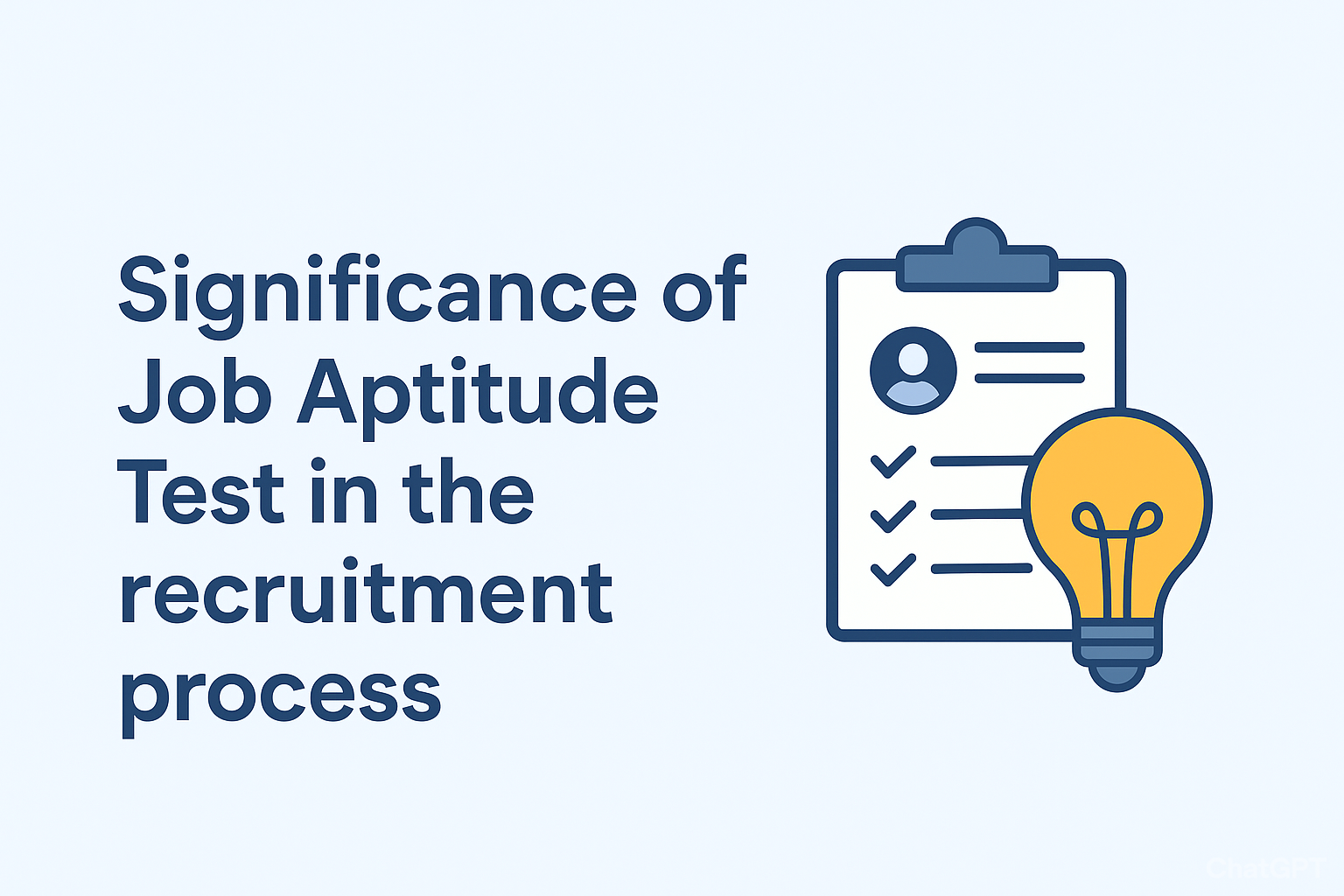Last Updated on December 17, 2024 by Rida Gul
Do you want to dive into the world of reselling but don’t know how or where to buy wholesale liquidation pallets?
You’ve come to the right place!
Keep reading as we outline the step-by-step process of sourcing wholesale liquidation pallets for your resale business.
Table of Contents
1. Prepare Your Certificates and Licenses
Before placing your first bulk liquidation pallet order, you must apply for all the necessary business certificates and licenses. You’ll find the list of documents you need from your state’s revenue website.
2. Research Distribution Channels
Thorough research will tell you what your options are when sourcing wholesale liquidation pallets.
Most resale manufacturers sell directly to B2B wholesale marketplaces or distributors. B2B marketplaces work directly with top brands and offer great options at affordable prices. Distributors sell their products at a healthy markup, so partnering with them may significantly lower your profit margins.
Some distribution channels will allow you to bid for pallets, and others will let you buy directly for a fixed price. Here’s a great example of Amazon return pallets you can bid on.
3. Compare Suppliers
Once you’ve chosen the ideal distribution channel and buying method for your reselling business, you can start comparing your supplier options.
A few places to look for suppliers are:
● Wholesale directories
● Your local chamber of commerce
● Online directories or B2B marketplaces
● Social media
● Trade shows
Create a shortlist of suitable options and compare the terms they offer. Keep an eye out for these features:
● Supplier credibility and customer reviews
● Experience
● Inventory size
● Delivery and pickup options
● Ordering process
● Lead times
● Ready-to-ship inventory
● Customer service
● Return policy
● And more.
Be wary of suppliers offering rock-bottom prices for their liquidation pallets. These pallets are more likely to contain products that are difficult to sell and may just languish in your warehouse for weeks or months.
4. Look For Profitable Liquidation Pallets
Look for the following features to ensure that you consistently source profitable liquidation pallets:
● Top-quality products in good condition
● Evergreen products instead of seasonal ones
● Easy to ship, durable, and lightweight
● Products with consistent market demand and a broad consumer base
● Detailed product manifest
These are only some ways to choose pallets that will likely generate a healthy profit. If you’re new to the reselling business, experience will also be a good teacher in terms of spotting a good deal. To get your feet wet, be patient and wait for a very attractive pallet that you can get for a low price.
These tips don’t mean you should never buy seasonal, heavy, sensitive, or mystery pallets. However, it’s best to avoid these types of pallets until you have more experience under your belt and learn the best ways to offload them quickly.
5. Compare Pricing and Other Features
At this point, you should have a list of potential suppliers that can reliably deliver the goods you’re looking for and fulfill most of your requirements.
Next, look at their prices, shipping costs, and extra fees. Narrow down your list to a few that offer the best deals, low shipping costs, and great features. Make sure to check each supplier’s minimum order requirements and if they offer bulk discounts.
This step is crucial when setting a budget for your inventory and finalizing your pricing strategy.
While pallets with affordable pricing are a must-buy, it doesn’t mean you should snap up everything you see. Keep your sights on pallets and products that you know you can sell.
6. Order a Sample
Not all marketplaces will allow you to order a sample. But some might let you order a single paid pallet as a trial. With this sample, you can learn firsthand what the supplier has to offer: the quality of products, ordering process, delivery service, customer service, and overall experience.
Once you’re satisfied with a supplier sample, you can place a bulk order and get started with business operations for real.
7. Compare and Negotiate Supplier Contract Terms
Contract negotiation can be done even after you’ve ordered a pallet sample. You can compare supplier terms and conditions to find one that is fair to its clients. The terms and conditions must suit your resale business.
If you find things aren’t going your way and making a profit or finding a supplier seems hard work, give it time. Patience is a virtue, after all, especially in the liquidation pallet business. A good deal should come your way soon enough.
8. Prepare Space to Store the Items
While not a part of the buying process, it is impractical to place an order for a sample or a truckload without preparing storage space. When you have a dedicated area to store the pallets, you can accept wholesale orders, sort through the pallets, label the items, package them, and send them out for delivery.
Make sure you have enough space for your inventory and business operations before placing your first order.
9. Plan Inventory Organization and Management
Planning an inventory organization and management system is an important task that will help you prepare to accept deliveries of your liquidation pallets. You must have such systems in place to ensure efficient operations from beginning to end.
10. Set up Shop
Where and how you plan to sell your products is not something you can put off until after your pallets arrive. Instead, make time now to set up your shop, whether it’s an online storefront or a brick-and-mortar store.
Develop a selling strategy to maximize your sales. This may involve selling products on multiple platforms to capture a broad audience. Resellers have much more flexibility, so take advantage of the many options you have at your disposal.
We suggest selling top-quality inventory online to get the top dollar for almost-new products. Sell mid-level, refurbished goods offline and locally, where buyers prefer buying cheap goods so long as they’re in good working condition.
In Summary
Buying wholesale liquidation pallets for resale requires a lot of work and research. It involves steps that have nothing to do with the buying process, such as storage, inventory organization, and marketing.
We hope that with these detailed tips, sourcing becomes easier to manage.
We wish you the best of luck with your resale business venture!
Apart from this, if you are interested to know about 5 Benefits of Using Pallet Tilters for Your Business then visit our Business category.



























